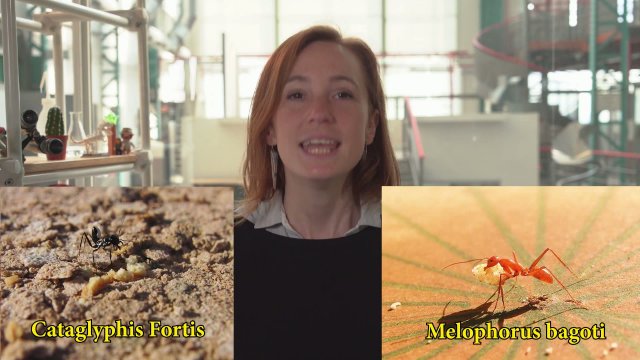Only available for non-commercial distribution
Pas de cession par extrait
© CNRS - 2018
Reference
6512
The Invisible: How to See Transparent Objects ZdS#20
Series title
Zeste de scienceThe Youtube channel Zeste de science explores all aspects of scientific research, proving that even the most complicated scientific facts can be explained in less than 5 minutes, and that even the most seemingly trivial events of everyday life, if thoroughly studied, can contribute to the biggest technological advances.
Episode 20: Zeste de science presents a new episode of Ecorce de recherche, an immersion into archives of last century's scientific research. The human eye cannot detect the movements of transparent and isotropic media such as air. In 1954, scientists put light properties to good use and developed a new device that enabled them to see such media. Via this device, they could divide a beam into different wavelengths. The resulting colours make it possible to see the movements of air or water, along with the variations of thickness in a seemingly flat piece of glass. This technique could be applied in various fields: physics, biology, and even art.
Duration
Production year
Définition
Color
Sound
Version(s)
Original material
The use of media visible on the CNRS Images Platform can be granted on request. Any reproduction or representation is forbidden without prior authorization from CNRS Images (except for resources under Creative Commons license).
No modification of an image may be made without the prior consent of CNRS Images.
No use of an image for advertising purposes or distribution to a third party may be made without the prior agreement of CNRS Images.
For more information, please consult our general conditions






































